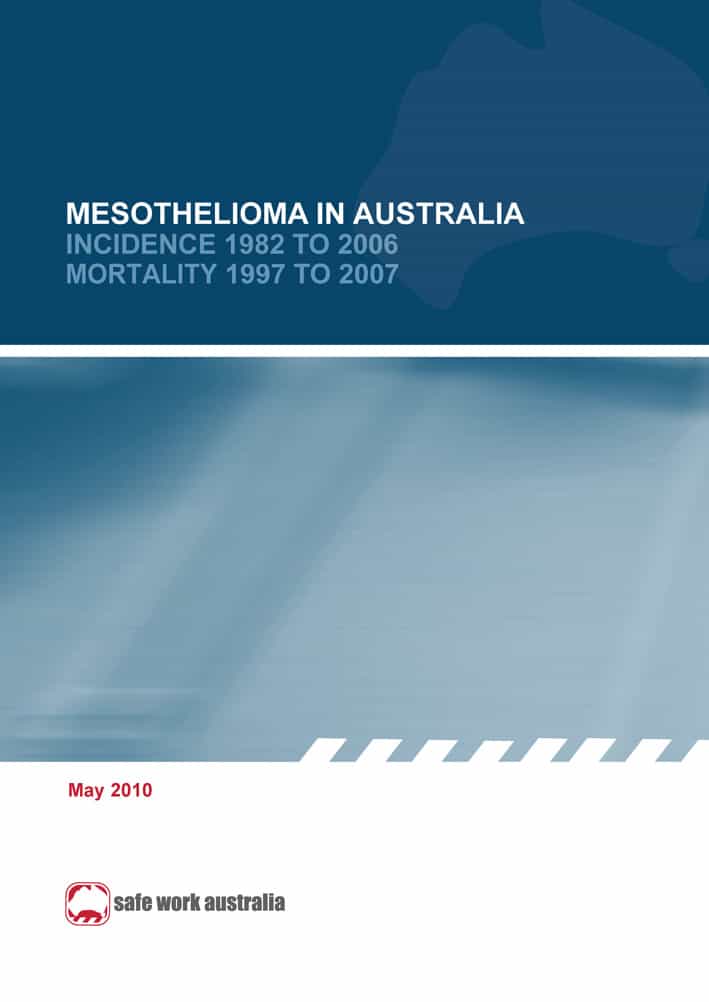A recent asbestos-related prosecution by WorkSafe Victoria illustrates the prevalence of asbestos as an environmental, public and occupational problem.
According to a media statement on 5 November 2010,
“Joshua Luke Marshall, operating as Affordable Demolitions and Asbestos Removals, told two separate homeowners he was licensed by WorkSafe to carry out asbestos removal work, although he didn’t hold a licence….”
“…The first incident was in January 2009, when Mr Marshall was hired to remove asbestos cement sheeting from a house in Corio.
Mr Marshall was halfway through the job when a WorkSafe inspector arrived at the property in response to an anonymous complaint.
“What our inspector found when he walked onto the property was unbelievable,” Continue reading “Asbestos prosecution highlights community risks”


